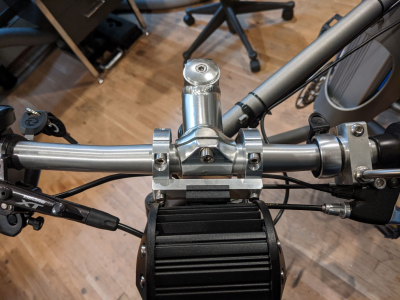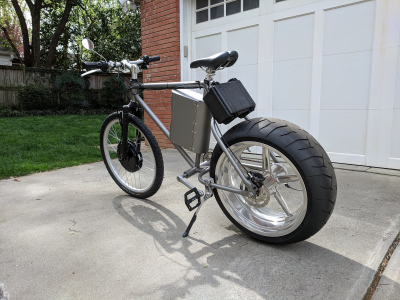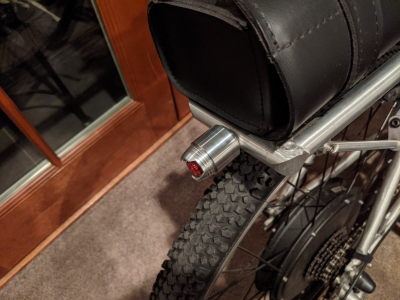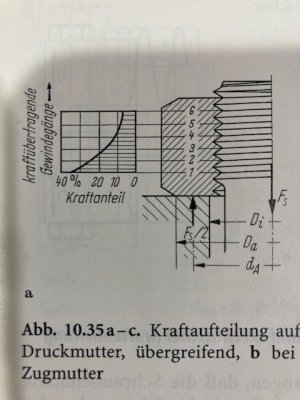- Joined
- Mar 25, 2013
- Messages
- 4,617
Case in point: I made a holder for the headlight on my ebike. Basically two shaft clamps with flats. I originally tapped the holes 10-32 without thinking. I then realized everything else on the bike was metric! I decided to re-tap the holes at M5. This seems to have worked out well. The threads look great to the naked eye and the screws torque down fine. I feel like this is acceptable for this application and will prevent a future problem when I mix up the screws.


Robert


Robert





